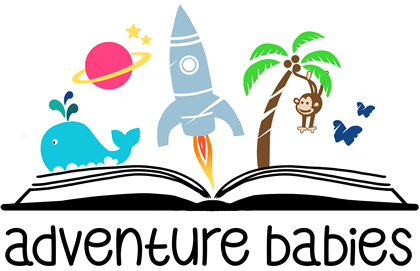Nurturing a Bookworm: Encouraging a Love for Reading in Your Toddler
Fostering a love for books and reading in your toddler sets the foundation for a lifelong passion for learning and exploration. Early exposure to books can ignite their imagination, enhance language skills, and improve cognitive development. In this blog post, we’ll discuss effective strategies to help your toddler love books and eventually take those exciting first steps into the world of reading.
Create a Reading-Friendly Environment:
Surround your toddler with books in various corners of your home. Make a cosy reading nook with a small bookshelf filled with colourful and engaging books. Encourage your child to explore and pick out books that catch their interest.
Read Together Daily:
Establish a consistent reading routine with your toddler, ideally at the same time each day. Snuggle up and read aloud, using different voices and expressions to make the story come to life. The more enjoyable and interactive the experience, the more your child will look forward to reading time.
Select books that match your toddler’s age and interests. Board books with bright illustrations, textures, and simple stories are great for little ones. As your child grows, introduce more complex stories and interactive books to keep them engaged.
Lead by Example:
Let your toddler see you reading regularly. Children often imitate their parents, so if they observe you enjoying a book, they’ll be more inclined to do the same. Consider having family reading time where everyone reads their own book or a book together.
Visit the Library or Bookshop:
Take your toddler to the library or a bookshop and allow them to choose books they like. Make it a fun outing and let them explore the children’s section. Many libraries also host storytime sessions, which can be an excellent opportunity for your child to engage with stories and other children. Even better come along to your local Adventure Babies interactive, sensory storytelling adventures.
Incorporate Books into Daily Activities:
Integrate books into your toddler’s daily routine. Read a book during mealtime, before bedtime, or even during bath time. Associating books with enjoyable activities can make reading more appealing to your child.
Encourage Interaction with Books:
Encourage your toddler to engage with books beyond just reading. Ask them questions about the story, characters, or pictures. Let them point to and name objects in the illustrations. This interaction makes reading a dynamic and enjoyable experience.
Celebrate Milestones and Progress:
Celebrate when your toddler reaches reading milestones, no matter how small. Praise their efforts and enthusiasm for reading. Positive reinforcement motivates children to continue exploring the world of books.
Participate in Reading Schemes:
Join local reading challenges designed for young readers. These often offer incentives and rewards for completing reading goals, adding an element of excitement to the reading journey.
Encouraging a love for books in your toddler involves creating a nurturing environment, making reading a delightful experience, and incorporating books into their daily routine. By fostering a positive association with books early on, you’re setting the stage for a future reader who will find joy, knowledge, and adventure in the wonderful world of literature.






